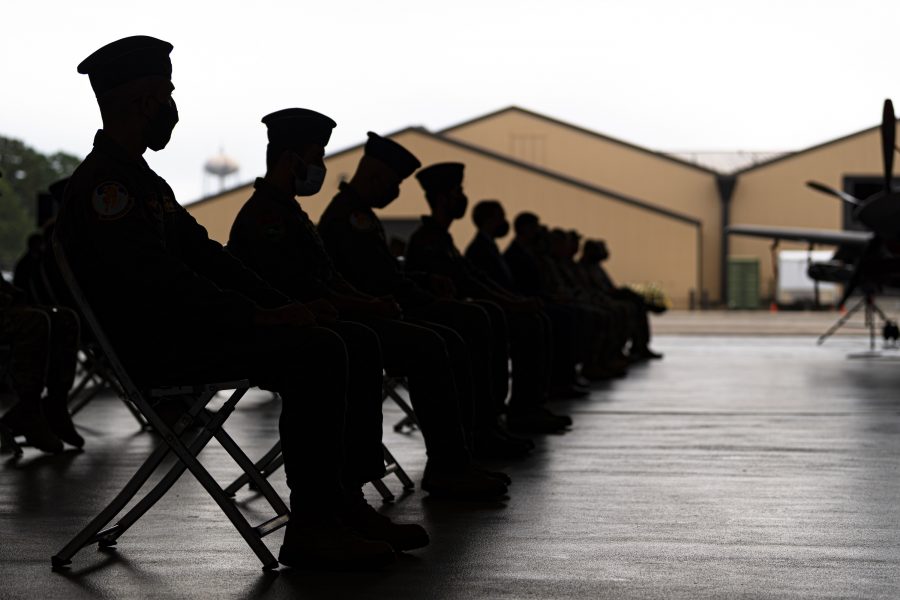Moody Air Force Base, Ga., will no longer train Afghan pilots to fly the A-29. Instead, Afghan instructor pilots in Afghanistan will take over training, with that schoolhouse expected to be fully operational by April.
Over the last five years, more than 30 student pilots and 70 maintenance technicians were trained at Moody. The base’s 81st Fighter Squadron, a geographically separated unit assigned to the 14th Flying Training Wing, oversaw initial training for A-29 aircrews, who have gone on to become the foundation of the nascent Afghan Air Force.
“The 81st truly built this program from the ground up—developing both the (tactics, techniques, and procedures) and the syllabus, and then delivering full-spectrum training that not only produced combat-ready attack pilots, but also a mindset that prevents civilian casualties to the greatest extent possible,” said Kelli L. Seybolt, deputy under secretary of the Air Force for international affairs, in a Moody release. “This group was one of the strongest classes we had in this program, which is a fitting way to conclude it.”
The Moody pilot training program, which ended Nov. 13, included a 13-month syllabus that was reduced to less than a year, with training including night-vision flying, low-level flight, and the use of precision-guided munitions, according to the base. U.S. instructor pilots, who largely come from an A-10 background with a focus on close air support, trained the students along with other U.S. and Brazilian air advisors—Brazil’s Embraer produces the A-29 Super Tucano.
“Working with our international partners has many benefits beyond just training—we learn the culture and customs of other nations and are able to build relationships,” Seybolt said in the release. “And it is exactly those Airman-to-Airman relationships … that enable us to fly, fight, and win together.”
Afghan pilots would graduate the Moody program and then return to Afghanistan for their first solo flight and first live weapons drop, then go directly into combat, USAF advisers in Afghanistan told Air Force Magazine. Going forward, experienced Afghan pilots will take over Moody’s previous role in initial training.
“Their mission is not easy,” said H.E. Roya Rahmani, Embassy of Afghanistan ambassador to the United States, in the release. “They are aware of the challenges and responsibilities that it entails; but they also realize it is not only important, but crucial, for future security of our country.”
The A-29 is the backbone of the Afghan Air Force’s strike capability, and the USAF-led training program has proven to be a highlight of the U.S. training mission.
“U.S.-based aviation training has resulted in a quantifiable improvement in [Afghan Air Force] capabilities and improved professionalization of Afghan personnel,” the Special Inspector General for Afghanistan Reconstruction said in a 2019 report. “The U.S. Air Force’s A-29 program has proven to be a best practice for creating a comprehensive and consistent advisor model that effectively connects the U.S.-based program with continued professional development and training in Afghanistan.”
Once operational, A-29 pilots face an “insatiable desire” for munitions in combat, the Defense Department reported in a June 2020 report.
“Advisors continue to note that Afghan crews demonstrated consistent progress in target selection and collateral damage estimation and showed impressive restraint and ability to minimize civilian casualties,” the report states.
As of September, the AAF has 28 usable aircraft, with 24 assigned aircrews, according to SIGAR.
The shift comes as the Pentagon has announced plans to draw down its forces in Afghanistan, reducing its total end strength in Afghanistan to about 2,500 by Jan. 15, 2021.
